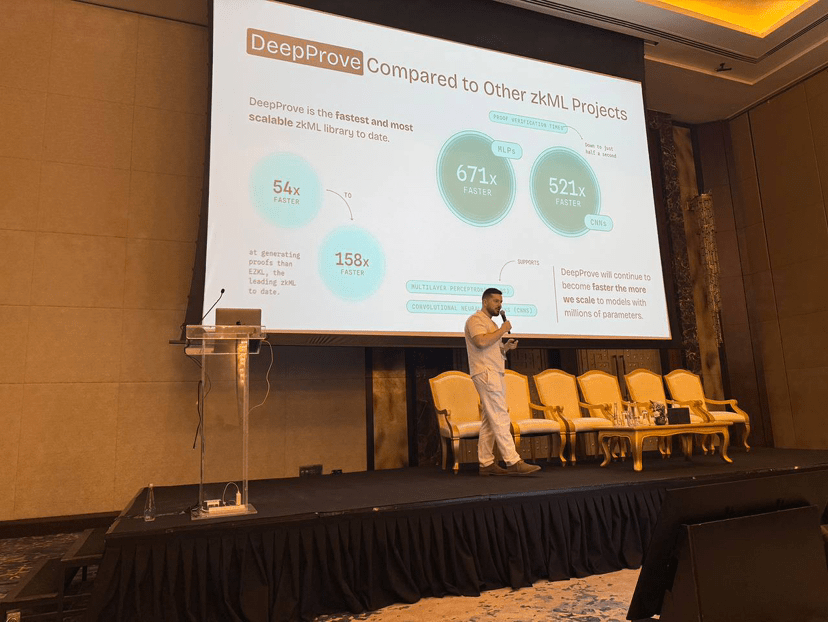In the field where AI intersects with chains, the hardest step is turning 'whether the model inference is correct' into a verifiable fact. Lagrange announced DeepProve-1 on 2025-08-18: for the first time in a production-ready form, it has provided cryptographic proof for complete LLM inference. The official technical document positions it as 'bringing zkML from proof of concept to production threshold' and claims to have provided engineering solutions to several challenges related to the Transformer structure.
The real push point lies in graph-level support. Earlier versions abstracted the network into 'sequential layers', making it difficult to cover real network topologies such as residuals, branches, and MIMO; however, the engineering update in July 2025 shows that the framework now supports the parsing and proving of any directed acyclic graph, generating inference proofs along any topological path. This opens the door for subsequent coverage of more complex LLM families (including multi-head attention, layer normalization, softmax, etc.).
Around the proof of inference for GPT-2, industry media has also done detailed sorting: it is necessary to advance simultaneously on three fronts: cryptography, circuit engineering, and ML frameworks, including provable representations of attention mechanisms, circuit approximations of softmax, graph parallelism and recursive strategies, as well as incorporating commonly used model formats like GGUF into the verifiable path. For developers, this means they do not have to switch model ecosystems, but can gain verifiability on familiar formats and structures.
DeepProve is not an island. It is connected to the Lagrange ZK proof network behind it—this network also serves Coprocessor, Rollup, and application-side tasks; when zkML becomes 'a type of task on the network', the elasticity and fault tolerance of proof supply can be shared. Binance's research page describes Lagrange as placing DeepProve = zkML flagship alongside decentralized proof networks and SQL Coprocessors on the same product line, forming a trinity of 'AI verifiability—cross-chain data—universal proof network'.
Ecosystem collaboration is also underway. The team announced their participation in the NVIDIA Inception program, aiming to further sink parallel computing and cryptographic optimization down to the hardware and system layers; such collaborations are not just gimmicks, as the performance inflection point of zkML often occurs in the synergy of circuit structure—parallel execution—operator approximation, rather than single-point optimization.
Why is this important? When industries such as finance, healthcare, and risk control need to treat 'the conclusions provided by the model' as contractual conditions or audit evidence, correctness and traceability are more critical than 'performance screenshots'. The threshold crossed by DeepProve-1 provides the technical premise for 'writing LLM results into contracts'; and when it combines with the verifiable database of the Coprocessor, on-chain systems can simultaneously obtain the authenticity of input data and the correctness of the inference process, turning 'AI-driven contracts/applications' from a slogan into a design space.
@Lagrange Official #lagrange $LA
